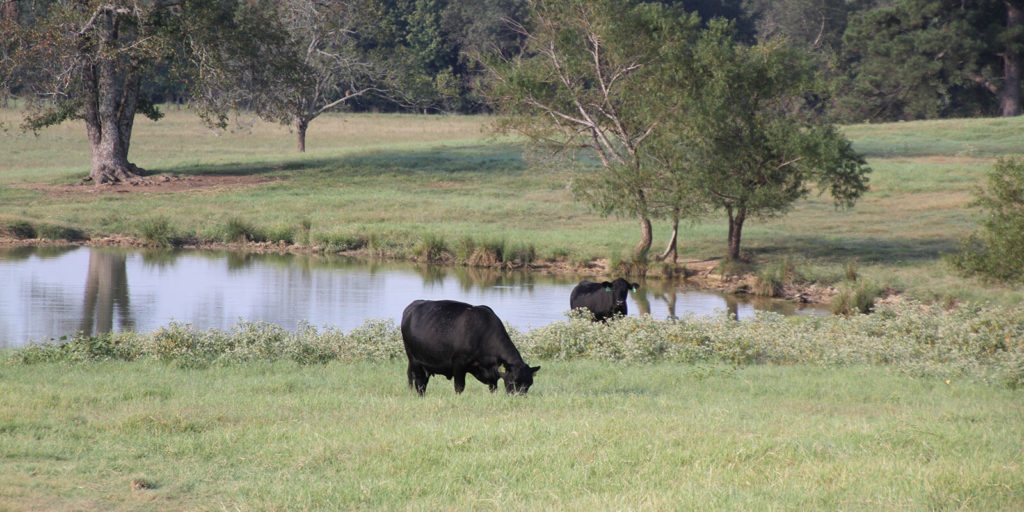At Legends Cattle Company, the production of a sale bull starts before conception. There is an entire process a calf must got through to get from birth day to sale day. We spend a lot of time thinking about how to mate each cow with artificial insemination to move towards a particular outcome, such as more growth or better feed efficiency, depending upon what exactly we are trying to improve in that cow. Alternatively, we may have embryos we’ve produced from our best cows mated to the best sires we can find to achieve a desired result. The goal in every case is to make the next generation better than the last.
What We Expect of the Calf at Birth
At birth, we expect the dam to deliver her calf unassisted and the calf to get up and suckle without help. We rarely experience any problems at birth and have a strict culling process for those cows that can’t pass this test. After 20 years of strict culling, it’s amazing how many problems we don’t experience that other breeders will tolerate with an excuse along the lines of “we paid $10,000 for this cow and need to give her another chance”.
From birth to weaning, we don’t creep feed our calves and provide very little supplemental feed to our cow herd. The calves learn to graze just like the momma cows do. Yes, we could generate eye-popping weaning weights if we gave more inputs, but that’s not the type of animal we want to develop for our customers. For us, a weaning weight of 700 pounds is about the highest we typically see. We provide a typical round of vaccinations prior to weaning to start building their immunity.
How We Handle the Calf at Weaning
At weaning, the calves get their booster shots and are quickly moved onto pasture where, like the momma cows, they are expected to continue growth on a forage-based diet. Very little supplemental feed is provided and the bulls develop on a pretty slow plane of growth similar to our replacement heifers. This helps us to evaluate and identify those bulls that aren’t good enough to make our sale pen. It also ensures the longevity of those bulls long after they leave our pastures. I’ve purchased many ‘fat bulls’ that have developed foot and leg problems later in life due to the excessive weight they carried from weaning to sale day. We don’t have these problems with the bulls we develop.
What Happens at Yearling
At yearling, the bull calves get another round of vaccinations and we decide which individuals are good enough for the sale pen. Generally, this is about 30 percent of the bull calf crop. The other 70 percent are sold as steers for the feedlot. For the sale bulls, we have our veterinarian check the bulls for breeding soundness and inevitably we’ll cull a few more from those results. The bulls that survive this culling process are simply turned back onto pasture and periodically evaluated as they progress towards sale day. Once in a while, we’ll have a bull that develops an attitude problem and we will need to cull them. We don’t sell any bull that we wouldn’t want to use in our own herd.
From yearling to sale day can be anywhere from 6 to 18 months. We find that our customers are looking for a bull that is age-advantaged and ready for heavy service. In fact, we’ve moved away from using yearling bulls in our own breeding program and have seen great results.
Leading Up to the Big Sale Day
Prior to sale day, we don’t do anything special for the bulls. No special feed, baths or haircuts. What you see is what you get. We find that our customers appreciate this when they get the bull home and he looks as good or better 6 months afterward. I think all of us have had the experience with the bull we bought and had such high hopes for him only to see him melt away in the pasture over a few weeks. That won’t happen with a Legends bull. We care for the calf from birth day to sale day in a way that will result in satisfaction from our customers.

